
The name of Jean Fouquet, famous and famous during his lifetime, was forgotten and only in the late XIX – early XX century. again took a worthy place in the history of art as the name of the first artist of the Renaissance and the last master of the Middle Ages of France. Fouquet was born in the family of a priest, in the early 1440’s he studied in Paris, in 1445-1447 he visited Italy, where the artist was accepted as a portraitist of the French king. In Rome, he performed a portrait of Pope Eugene IV, which although known now only in engraving, deservedly ranked among the works that initiated the genre of “papal portrait.”
The artist worked in the Tour at the Court of Charles VII, in the coronation of which in Reims participated Jeanne d’Arc, then at the Court of Louis IX. In Tour Fouque, he was in charge of a large workshop, carrying out numerous orders of the Court. Around 1474 he received the title of “artist of the king.” Fouquet’s portraits, like his book miniatures, are distinguished by a clear and clear picture, a balanced composition, almost sculptural shapes of figures. The master used a perspective system, discovered by Italian masters, moving away from the medieval principles of building plans. “Hours” of the royal treasurer Etienne Chevalier with illustrations Fouquet rightly refers to the masterpieces of the art of the book. Other famous works: “Portrait of Charles VII.” OK. 1445. Louvre, Paris; “Portrait of Guillaume Jouvenel des Urschen”. The end of the 1450s. Louvre, Paris.
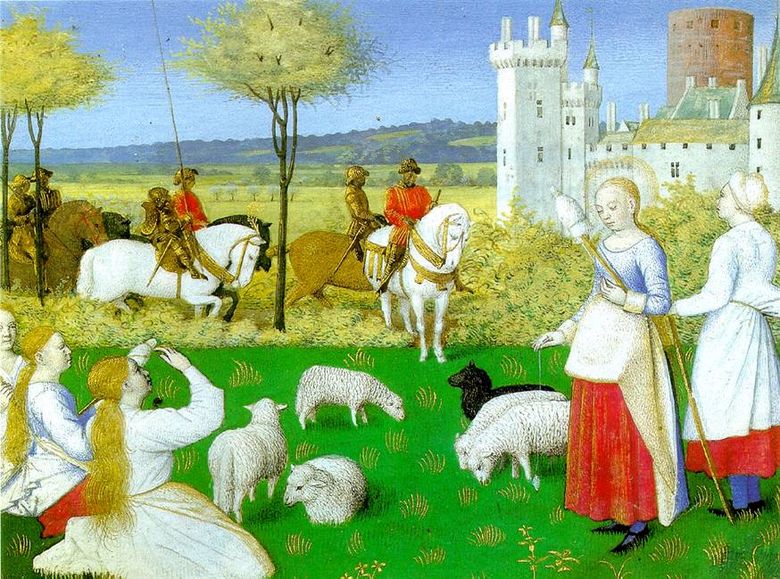 Sainte Marguerite – Jean Fouquet
Sainte Marguerite – Jean Fouquet Madonna and Child by Jean Fouquet
Madonna and Child by Jean Fouquet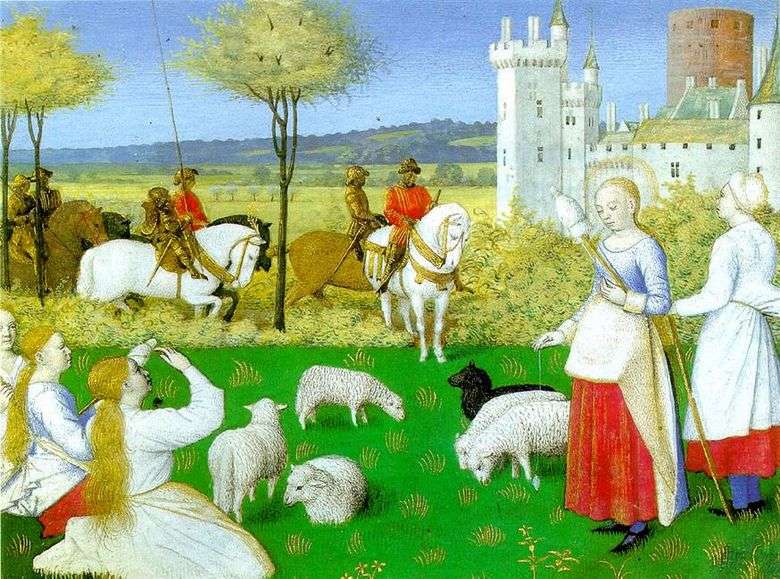 Santa Margarita – Jean Fouquet
Santa Margarita – Jean Fouquet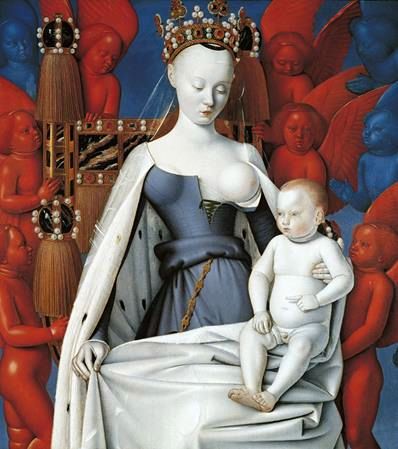 Vierge à l’enfant – Jean Fouquet
Vierge à l’enfant – Jean Fouquet Pierre II, Duke of Bourbon with St. patron of the apostle Peter by Jean Hay
Pierre II, Duke of Bourbon with St. patron of the apostle Peter by Jean Hay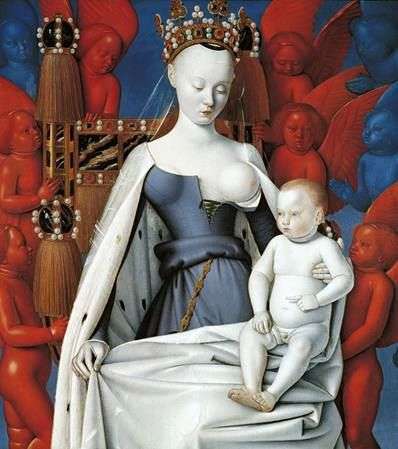 Madonna y el niño – Jean Fouquet
Madonna y el niño – Jean Fouquet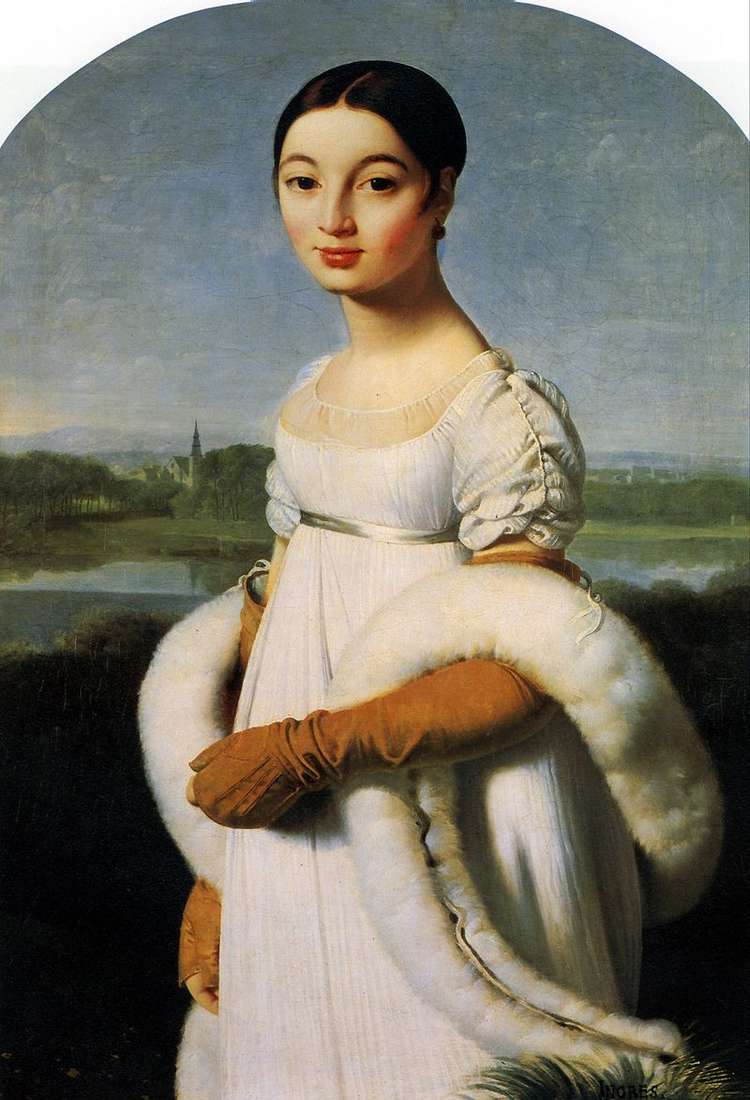 Mademoiselle Caroline Riviere by Jean Auguste Dominique Ingres
Mademoiselle Caroline Riviere by Jean Auguste Dominique Ingres Family Portrait by Nicola de Largillera
Family Portrait by Nicola de Largillera